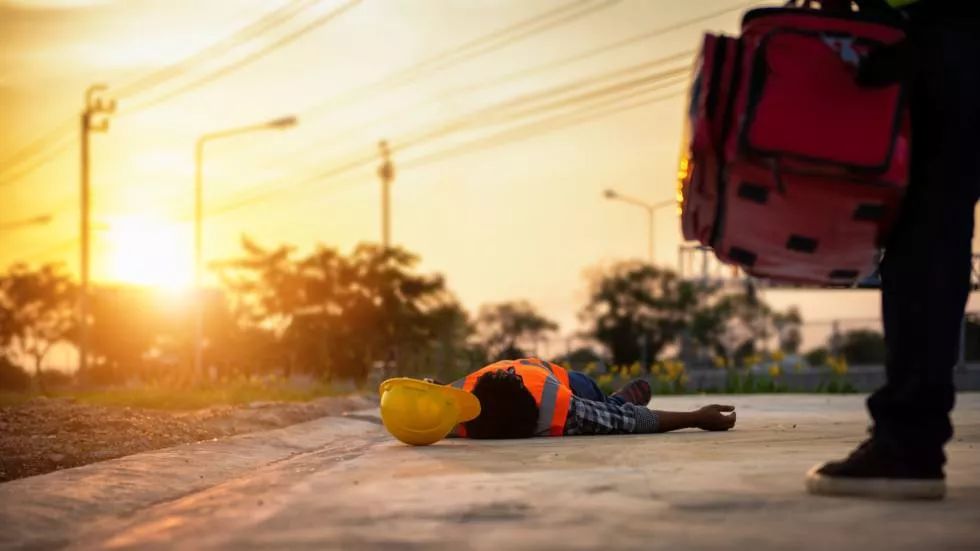Workers’ Compensation and Heat-Related Injuries
Here in Atlanta, outdoor work can quickly become dangerous when the temperatures are high. Construction workers, agricultural workers and landscapers are particularly at risk, as are those who work in hot indoor environments, like factories or packing facilities.
Without the right precautions and knowledge of the warning signs, heat stress can lead to serious injury or even death. But are heat-related injuries covered by workers’ compensation?
Types of heat-related illness
Heat stress can affect anyone, though people over 65 are most at risk, along with anyone who is overweight, works in a strenuous job, or has heart disease or high blood pressure. And while high temperatures can lead to other workplace issues—like burning surfaces, sweaty hands and fogged safety goggles—heat illness itself is often the biggest threat. The CDC lists the following heat-related issues:
- Heatstroke: The body temperature can quickly climb to 106 degrees F or more when internal temperature regulation fails. Confusion, seizures and unconsciousness are all signs of this sometimes-fatal condition. If you suspect a coworker is suffering from heatstroke, immediately call 911, move the person to a shaded area and cool them with cold water, a wet cloth or an ice bath.
- Heat exhaustion: When workers are losing large amounts of water and salt through heavy sweating, heat exhaustion is a possibility. Look for dizziness, nausea or weakness. If a coworker is experiencing signs of heat exhaustion, offer sips of cool water, help remove excess clothing and get them to the emergency room as soon as possible.
- Rhabdomyolysis: When the muscles are worked hard during intense heat, they can sometimes rupture, leaking into the bloodstream and damaging the kidneys. Cramps, weakness and dark urine are all signs of rhabdomyolysis, though sometimes individuals have no symptoms, making heat safety all the more important. Offer the worker water and seek medical attention.
- Heat cramps: After excessive sweating, workers may feel pain in the arms, legs and core. If you’re experiencing heat cramps, drink water and take a snack break, or sip an electrolyte beverage. If the cramps aren’t better after an hour, get medical help.
What to do after a heat-related illness
Heat-related injuries are very much physical injuries—ones that can be diagnosed and documented by medical professionals. And like other workplace injuries, they’re covered by workers’ compensation, provided you can prove that your exposure took place at work.
After experiencing the signs of a heat-related illness, it’s smart to still seek medical attention. The provider will be able to diagnose your heat illness and help you have a smoother recovery.
If you miss work due to your heat injuries, you’ll also want to notify your manager or supervisor of the incident, documenting where it occurred and under what conditions. Every detail you can document helps your case as it makes it less likely that your employer will claim your injuries were the result of an underlying health issue.
How to avoid heat-related injuries
Employers have an obligation to protect workers from dangerously hot conditions. Outside work may need to be limited to cooler hours during the hottest weeks of the summer or during intense heat waves. Acclimatization is also crucial for preparing workers for challenging environments. Exposing employees to small amounts of strenuous work in high temperatures over a period of one or two weeks helps train the body to sweat more effectively and maintain a lower core temperature.
Safety sessions should teach the signs of heat-related illness, and a buddy system can help workers spot early signs of heat stress before serious outcomes occur.
Atlanta Workers’ Compensation Attorneys
If you’ve been injured at work and need a workers’ comp lawyer, we’re here to help. Contact the Law Offices of Laura Lanzisera today for a free consultation, or give us a call at 404-991-5097.
